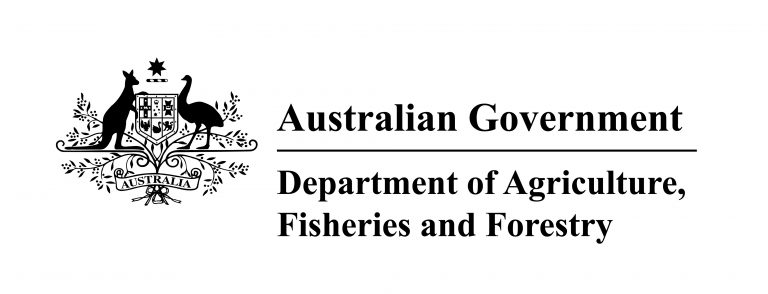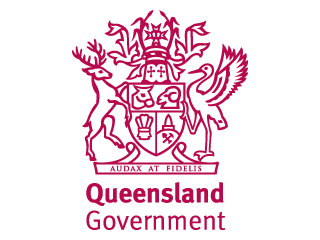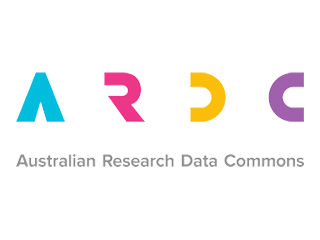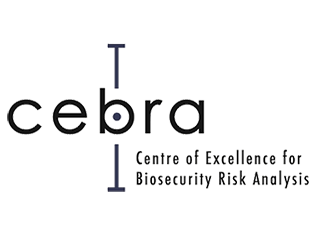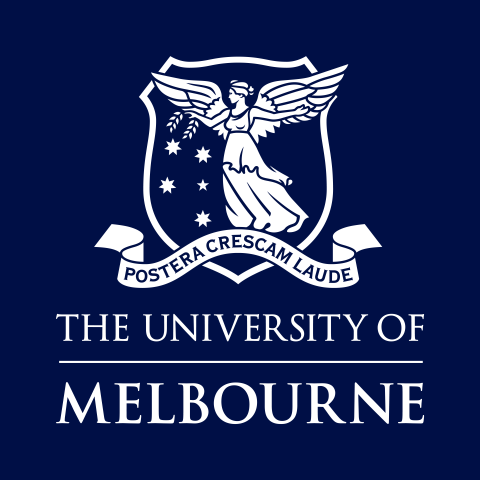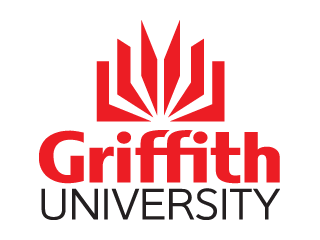Modelling and analytics
Transforming Australia’s biosecurity modelling capability
Biosecurity Commons transforms Australia’s biosecurity modelling capability by offering researchers and decision-makers a suite of standard tools and resources to produce consistent and transparent model outputs and analytics. These tools and resources include trusted datasets, repeatable scientific workflows, a secure workspace, and cloud storage, all easily accessible through an intuitive point-and-click web interface.

Biosecurity workflows
Seven workflows are available on the platform. Each workflow is peer-reviewed by a group of expert scientists and modellers from government, industry and research to ensure they represent the needs of the biosecurity community.
The platform allows users to quickly and easily run workflows multiple times to investigate various scenarios using different datasets, methods and parameters. They can also be stored, shared and used to collaborate with other organisations or jurisdictions trying to solve similar biosecurity challenges.
Species distribution modelling
What is the predicted distribution of a pest or disease?
Species distribution models let you investigate the potential distribution of a species under current climatic and environmental conditions. The platform features the Rangebagging and Climatch algorithms, and provides access to additional models suited to general ecological modelling through our partner platform EcoCommons. Once you have generated a species distribution model, the platform also allows you to run ensemble analysis on multiple models or to predict how distributions might change in the future based on different climate models, emissions scenarios and time periods.

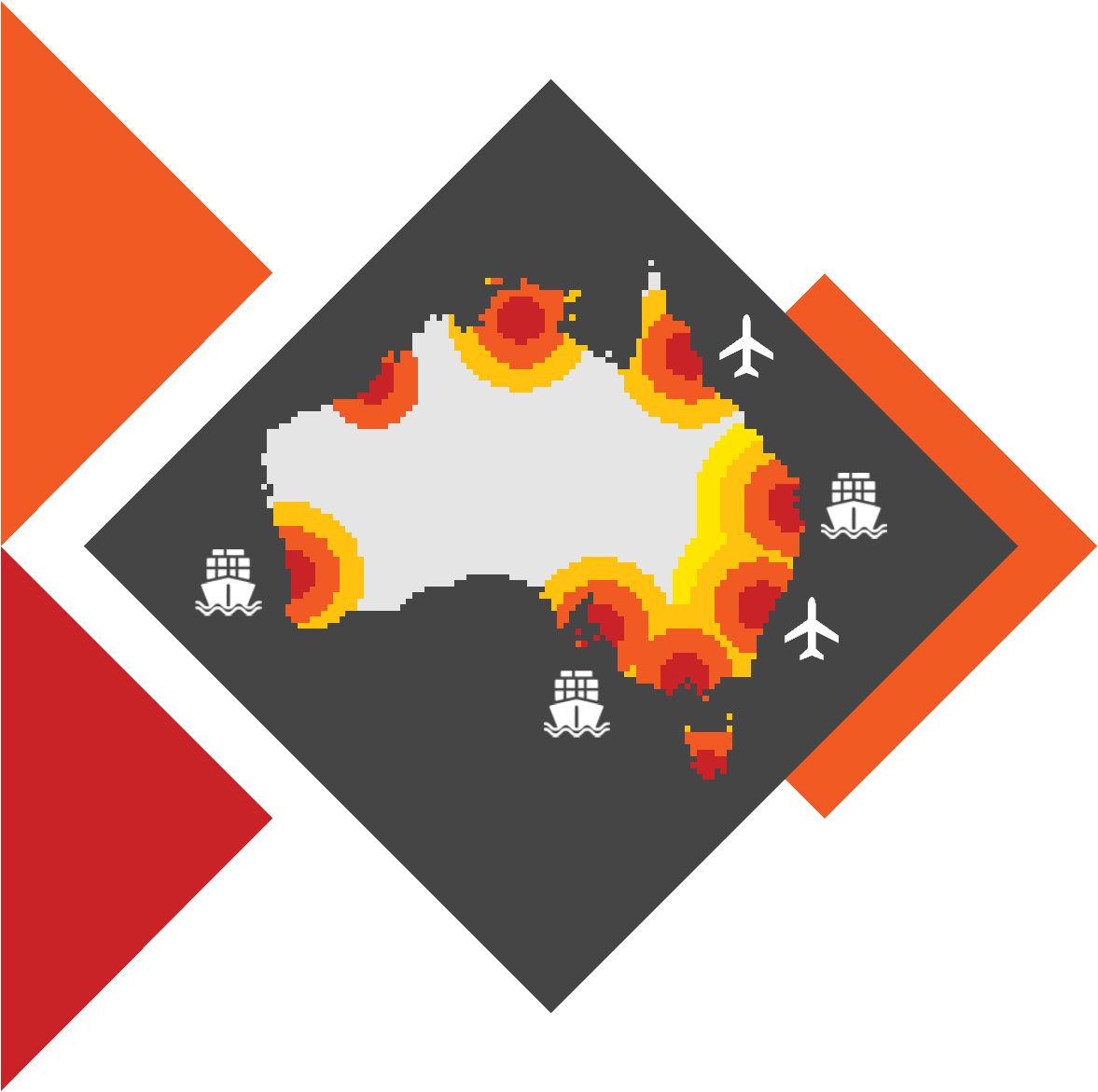
Risk mapping
Where might a pest or disease arrive and establish?
Understanding where an invasive species might establish is critical for biosecurity decision support, especially given the finite resources available for general surveillance. This workflow combines a series of datasets for abiotic suitability, biotic suitability and pest arrival pathways to estimate the likelihood of a pest establishing itself. The outputs of this workflow can be used as inputs to other workflows in the platform, such as Surveillance Design and Dispersal Modelling.
Surveillance design
Where should we look for a pest or disease?
Preventing invasive species from arriving and establishing in Australia is one of the most cost-effective actions that can be taken to protect native species from invasive weeds, pests and diseases. The surveillance design workflow will offer a range of methods to explore different strategies for surveillance design, and will also include the option for users to generate species distribution models and risk maps that can be used as inputs for their analyses.
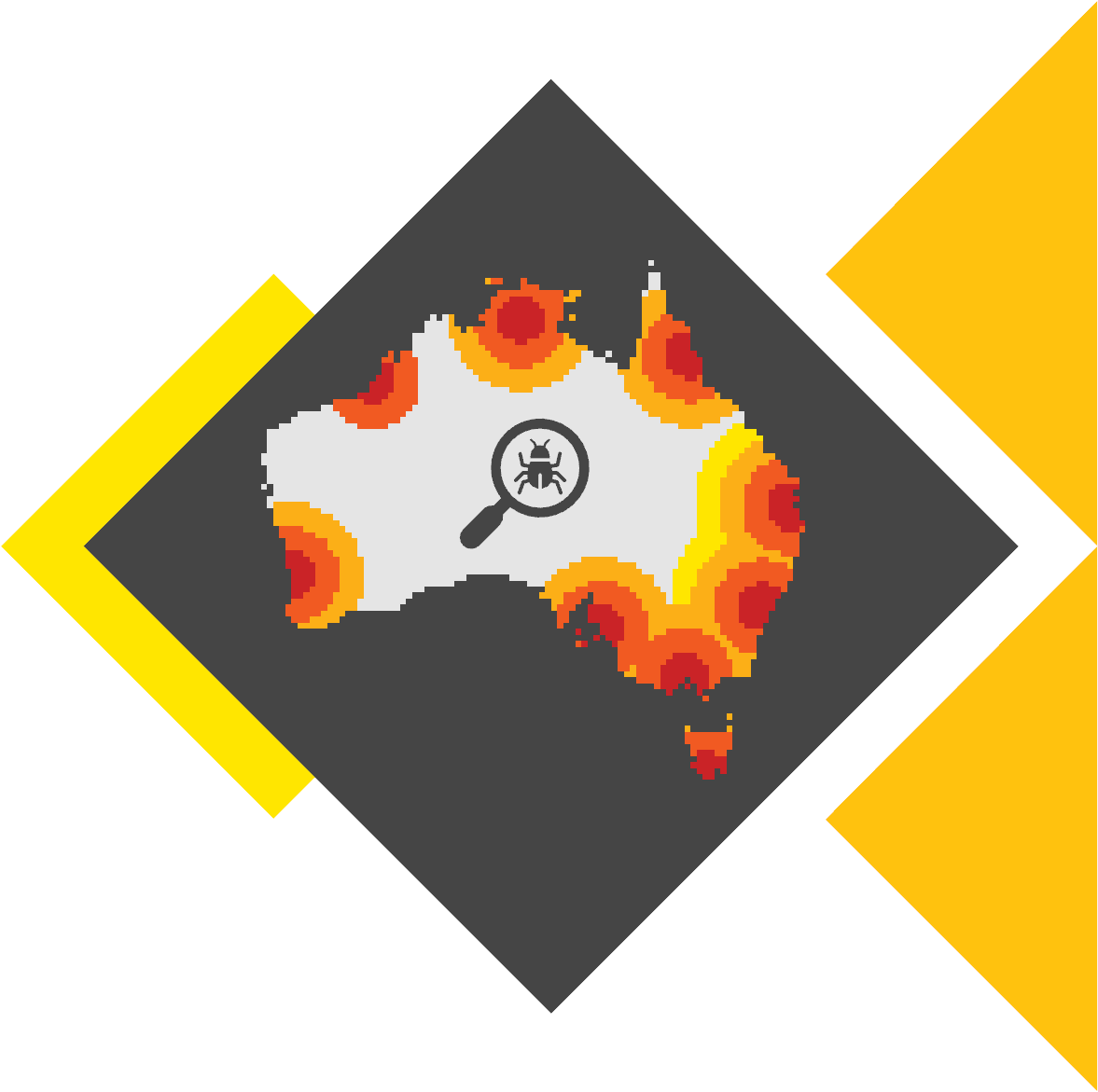
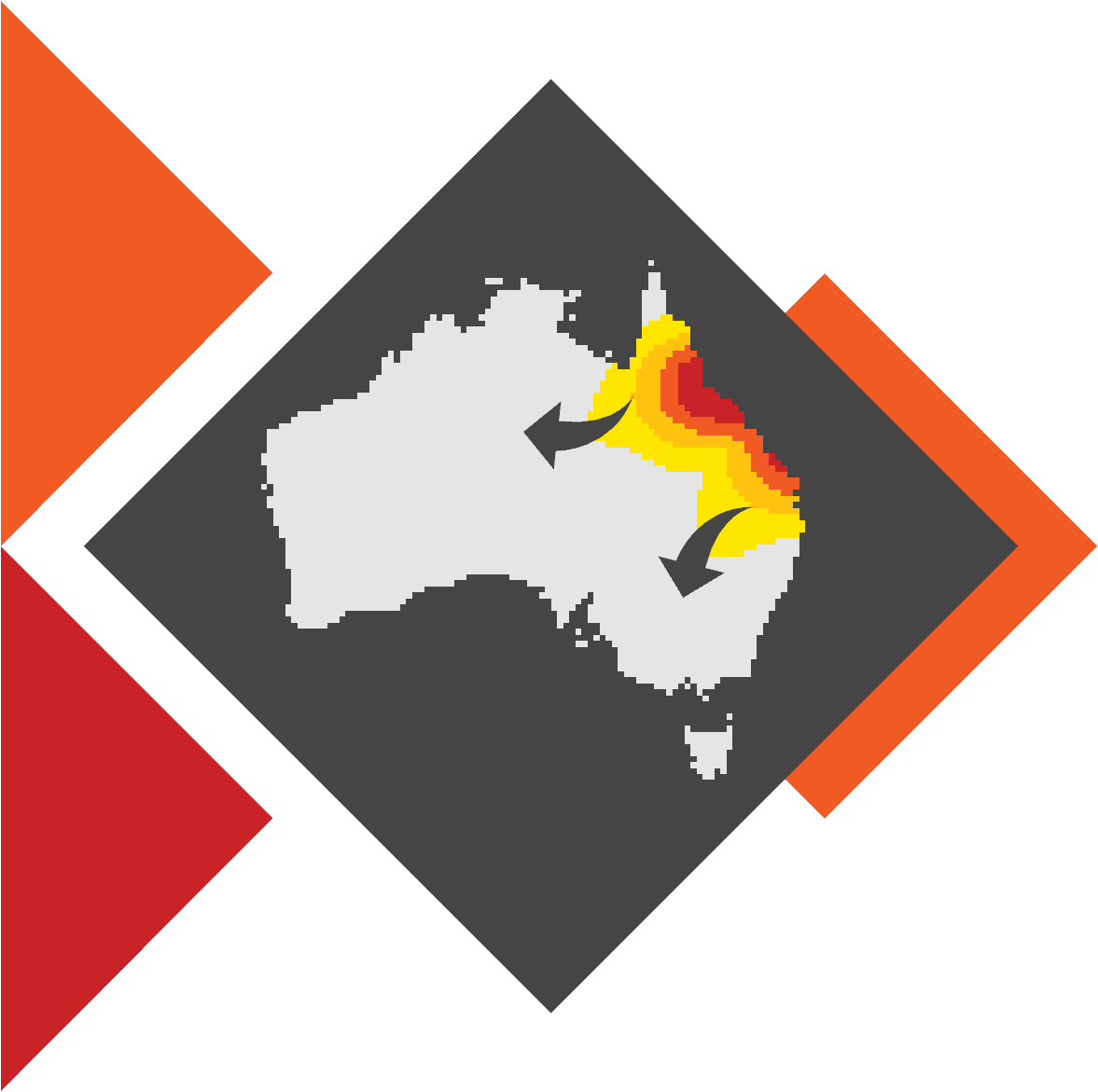
Dispersal modelling
Where might a pest or disease spread to?
Dispersal models can be used to create visual outputs and analytics of the potential spread of invasive species, which can then be used in a framework for biosecurity surveillance, monitoring and management. The workflow will simulate the dispersal of invasive species across the environment using a variety of well-established scientific methods such as diffusion, gravity, and kernel models or a combination of these methods.
Impact analysis
What impacts might a pest or disease cause?
Assessing the potential impact of an invasive species is an important step towards determining the appropriate biosecurity response. The impact analysis workflow measures the likely economic, environmental, and social impacts of an invasive species over time. This workflow will provide the capability to overlay land use, biodiversity and demographic datasets to identify the extent an area will be impacted by the incursion of an invasive species.
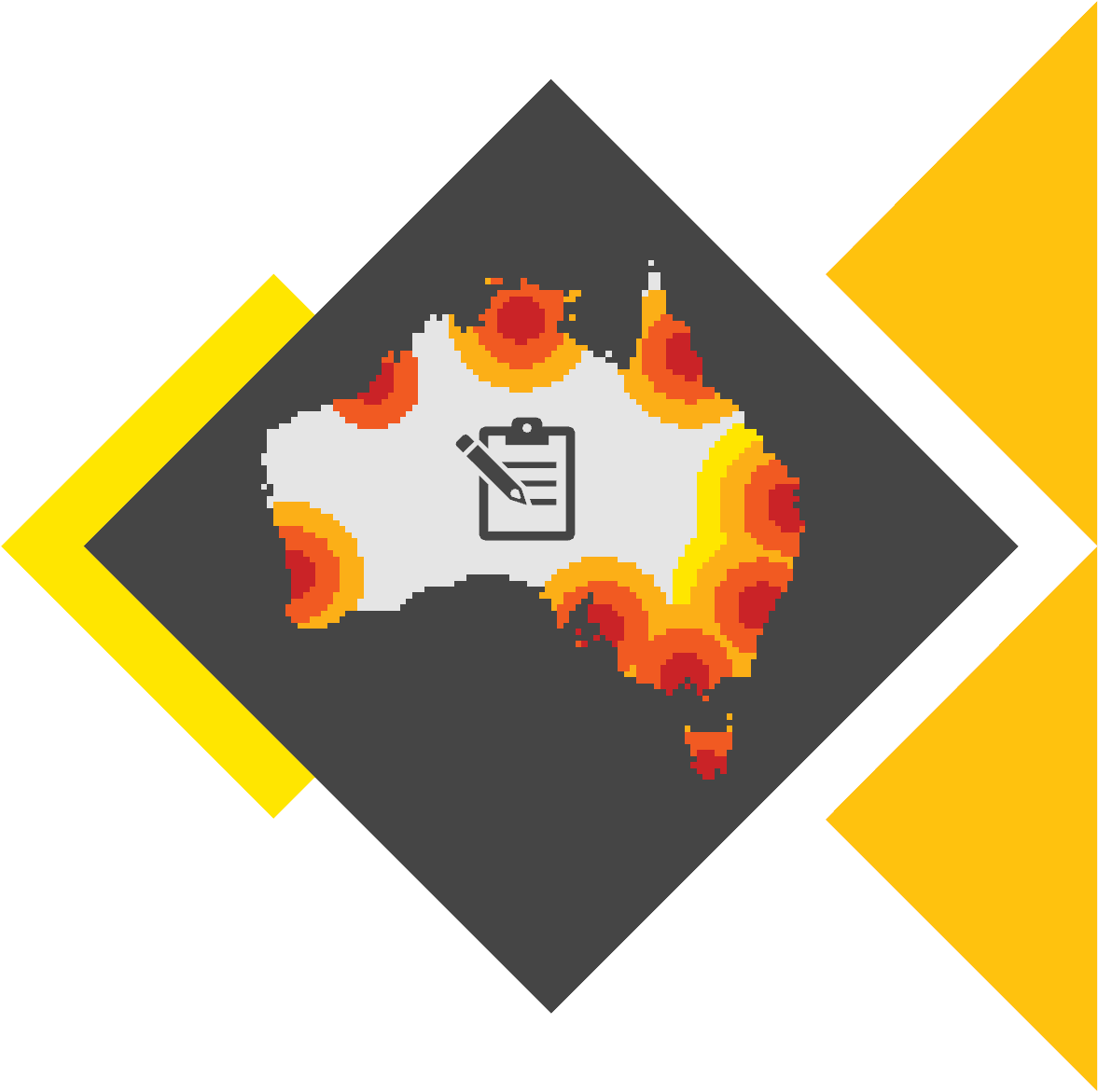

Resource allocation
How long will it take to eradicate?
Eliminating a pest or disease from an area may be required to minimise impacts to the environment, primary production or social amenities. The elimination of invasive species focuses on reducing their impacts as cost-effectively as possible. The resource allocation workflow provides a range of methods to simulate the eradication or control of a pest in a particular area, allowing users to explore the efficacy of different biosecurity management responses.
Proof of freedom
When is a region free of a pest or disease?
Proving the status of a pest or disease may be required for a number of circumstances, particularly relating to import and export markets. The Proof of Freedom model provides a high degree of confidence that an invasive species has been eradicated within a defined geographic area. This workflow will provide methods for sampling that is based on specifying a probability that the pest will be detected if it is present at a nominated prevalence.
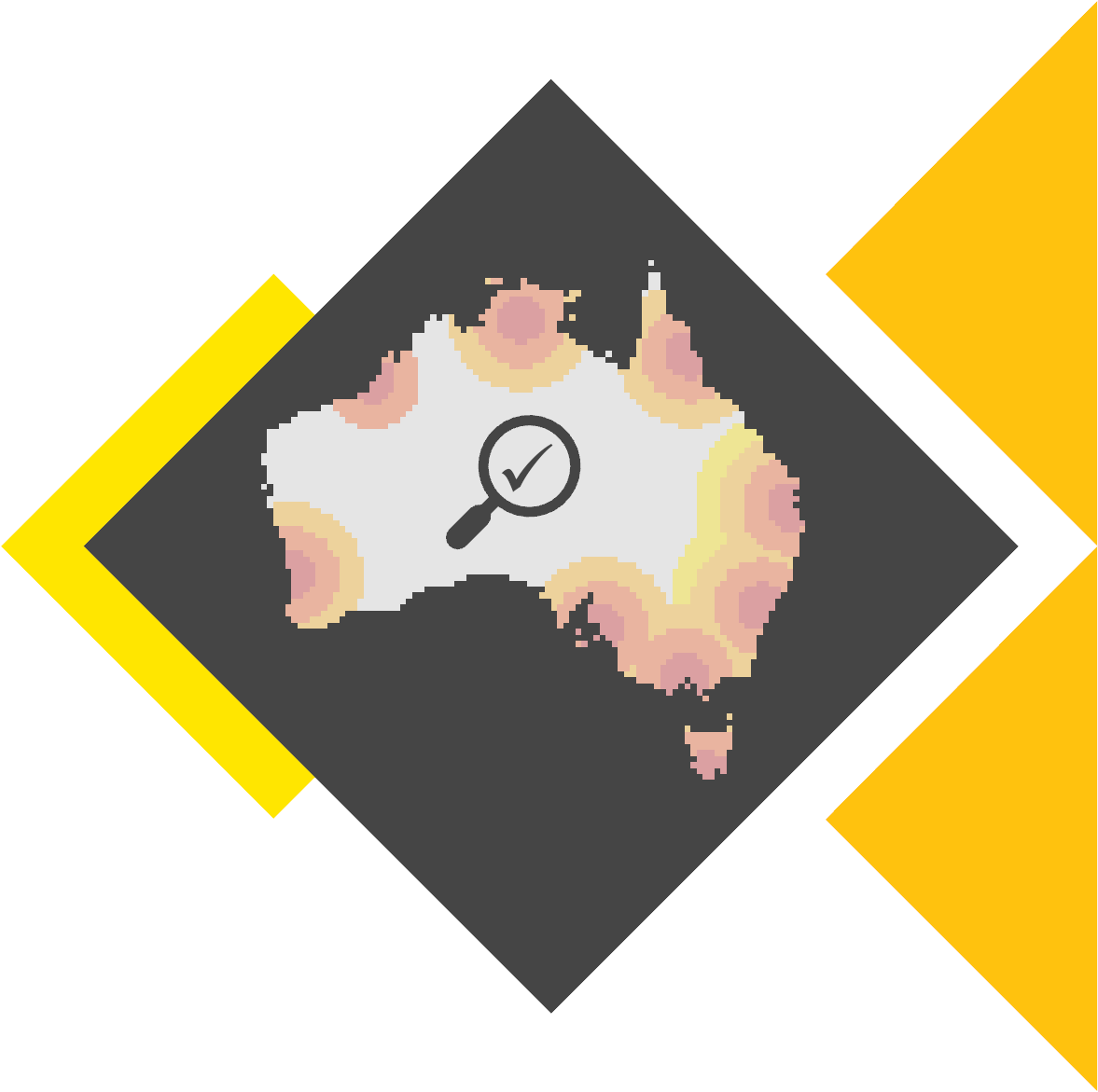
Trusted datasets
Biosecurity Commons connects users to a growing list of trusted datasets from large online repositories. Users also have access to relevant curated datasets, allowing them to save time sourcing, downloading and configuring data to meet their needs.

Atlas of Living Australia (ALA)
Dataset: Species occurrence records
Aggregates over 100 million occurrence records on Australian species
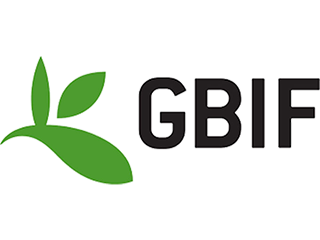
Global Biodiversity Information Facility (GBIF)
Dataset: Species occurrence records
Hosts over 1.8 billion occurrence records on species from around the globe

TERN Ecosystem Research Infrastructure (TERN)
Dataset: Soil and vegetation data
Aggregates Australia’s terrestrial ecosystem data including soil, vegetation, and landscape data
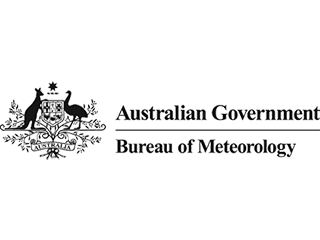
Bureau of Meteorology (BOM)
Dataset: Environmental and climate data
Holds the largest set of historical Australian environmental and climate data
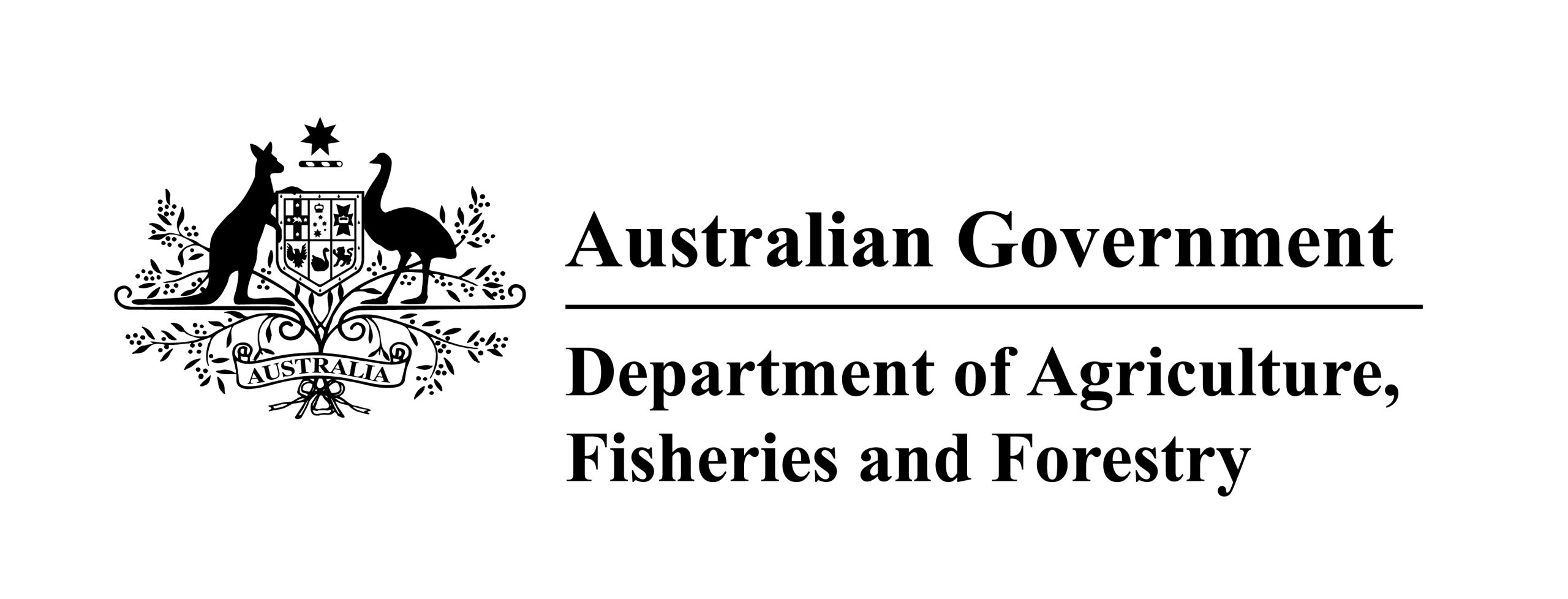
Australian Bureau of Agricultural and Resource Economics and Sciences (ABARES)
Dataset: Climate data
Collects a broad range of Australian commodity, climate, land-use, and agricultural data

Centre for Agriculture and Bioscience International (CABI)
Dataset: Crop Protection Compendium
Maintains comprehensive information on crop pests
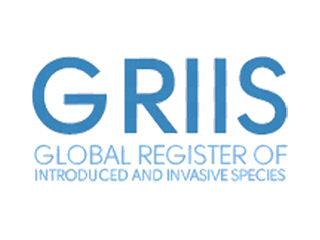
Global Register of Introduced and Invasive Species (GRIIS)
Dataset: Invasive species records
Gathers annotated country inventory of introduced and invasive species
Our partners
Biosecurity Commons is a joint initiative of the Australian and Queensland Government, the NCRIS-funded Australian Research Data Commons (ARDC) and four other organisations.
- Biosecurity Commons received investment (https://doi.org/10.3565/5rgj-z585) from the Australian Research Data Commons (ARDC). The ARDC is enabled by the National Collaborative Research Infrastructure Strategy (NCRIS).

